The African lion, often referred to as the king of the jungle, is in fact the undisputed monarch of the savanna. These majestic creatures, with their golden coats and commanding presence, have long captured the human imagination. Unlike their solitary feline cousins, lions thrive in highly structured social groups, making them unique among big cats. Their complex societies, hunting strategies, and interactions with their environment reveal a fascinating world of cooperation, hierarchy, and survival.
The Social Fabric of a Pride
Lions are the only truly social cats, living in groups called prides. A typical pride consists of related females, their offspring, and a coalition of males. The females form the stable core of the group, often remaining together for life. These lionesses are usually sisters, cousins, or mothers and daughters, creating a matriarchal society where cooperation is key to survival. The males, on the other hand, are transient, staying with a pride for only a few years before being ousted by younger, stronger rivals.
Within the pride, each member has a role to play. Lionesses are the primary hunters, working together to bring down prey much larger than themselves. Their coordinated efforts involve strategic positioning, communication through subtle body language, and an understanding of each other's strengths. The males, while less involved in hunting, play a crucial role in defending the pride's territory from intruders. Their deep roars can be heard for miles, serving as both a warning to rivals and a means of keeping the pride together.
The Delicate Balance of Power
Life in a lion pride is not without its tensions. The hierarchy is constantly tested, particularly among the males. When a new coalition takes over a pride, they often kill any existing cubs to bring the females back into estrus, ensuring their own genes are passed on. This brutal strategy, while harsh, is a natural part of the lion's reproductive cycle. The females, despite their strong bonds, must navigate these power shifts carefully to protect their young.
Cubs are raised communally, with all lactating females nursing any of the pride's young. This communal care strengthens the bonds between lionesses and increases the chances of survival for the cubs. Young males, upon reaching maturity, are driven out to live a nomadic life until they can challenge other males for control of a pride. Females typically stay with their birth pride, ensuring continuity and stability within the group.
Hunting: A Test of Skill and Teamwork
The savanna may seem like a land of plenty, but for lions, every meal is hard-earned. Prey animals are fast, alert, and often travel in herds that provide safety in numbers. Lionesses must employ sophisticated hunting techniques to succeed. Some act as drivers, herding prey toward others lying in ambush. Others use the terrain to their advantage, staying downwind to avoid detection.
Contrary to popular belief, lions don't rely solely on brute strength. They are strategic hunters, choosing their targets carefully. They often select animals that are young, old, or injured - those that are less likely to escape. Even with this careful selection, hunts are successful less than 30% of the time, making every kill precious. After a successful hunt, the pride follows a strict feeding order, with dominant males eating first, followed by the lionesses, and finally the cubs.
The Lion's Place in the Ecosystem
As apex predators, lions play a vital role in maintaining the health of their ecosystem. By controlling herbivore populations, they prevent overgrazing and help maintain biodiversity. Their presence affects not just the animals they hunt, but the very landscape of the savanna. Scavengers like hyenas and vultures depend on lion kills for food, creating a complex web of interdependence.
However, the African lion's reign is under threat. Habitat loss, human-wildlife conflict, and poaching have caused lion populations to decline dramatically. Once roaming most of Africa and parts of Asia, they now occupy just a fraction of their historic range. Conservation efforts are underway, but the challenges are significant. Protecting these magnificent creatures requires not just preserving their habitat, but also finding ways for humans and lions to coexist.
The Cultural Lion
Beyond their ecological importance, lions hold deep cultural significance across Africa and beyond. They appear in ancient cave paintings, feature prominently in folklore, and serve as national symbols for several countries. The lion's strength, courage, and nobility have made it a universal symbol of power throughout human history. This cultural connection may prove vital in rallying support for their conservation.
Modern research continues to reveal surprising facets of lion behavior. Recent studies show that lions have distinct personalities, with some being more bold and others more cautious. Their social bonds are more complex than previously thought, with individuals forming close friendships within the pride. Even their famous roars contain individualized information, allowing researchers to identify specific lions by their vocalizations.
As the sun sets over the African savanna, the lion's roar echoes across the plains - a powerful reminder of nature's grandeur. These social cats, with their intricate societies and vital ecological role, represent more than just charismatic megafauna. They are living proof of evolution's ability to create complex social structures even among predators. The future of the African lion remains uncertain, but one thing is clear: a world without these majestic social cats would be a poorer place indeed.

By /Jun 12, 2025
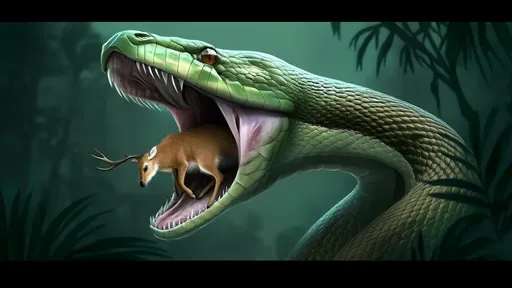
By /Jun 12, 2025
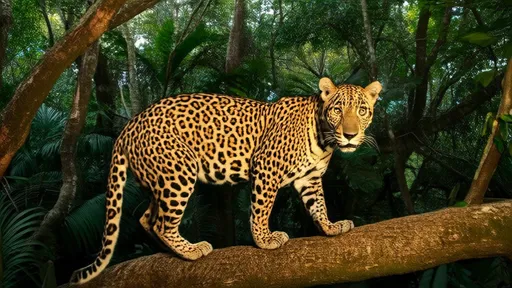
By /Jun 11, 2025
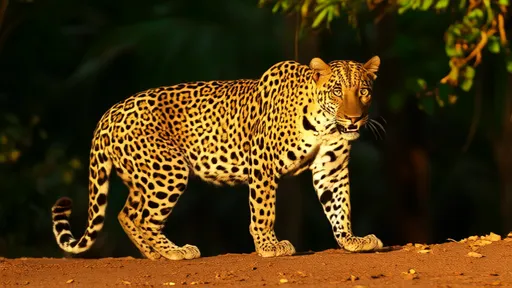
By /Jun 11, 2025
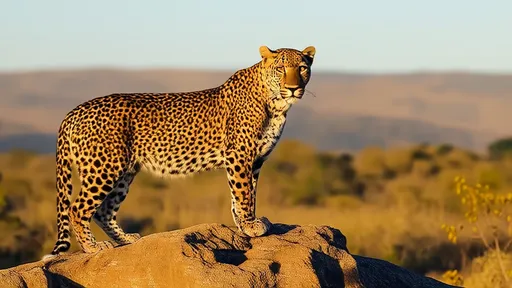
By /Jun 11, 2025
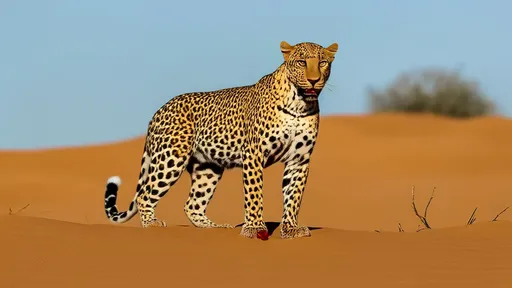
By /Jun 11, 2025
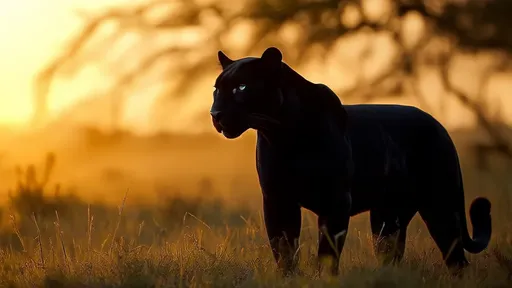
By /Jun 11, 2025
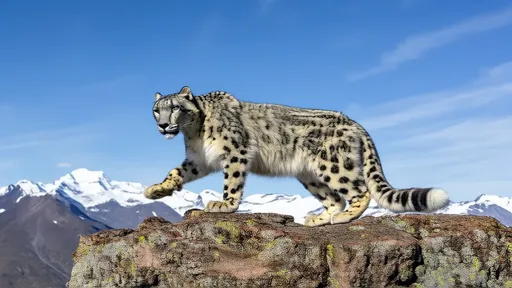
By /Jun 11, 2025
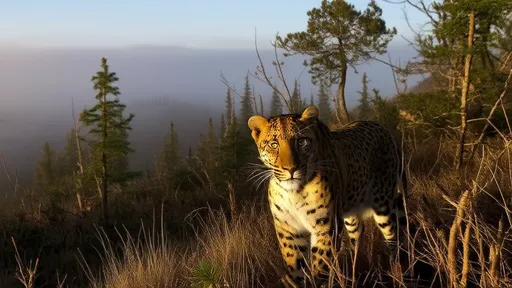
By /Jun 11, 2025
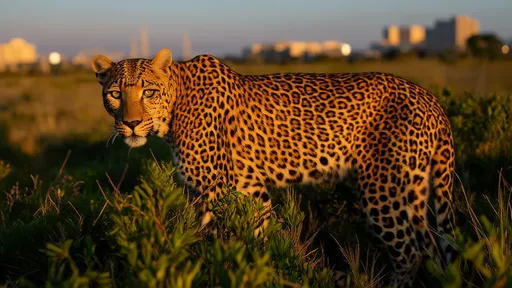
By /Jun 11, 2025
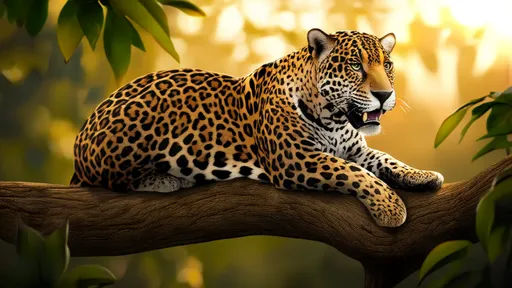
By /Jun 11, 2025
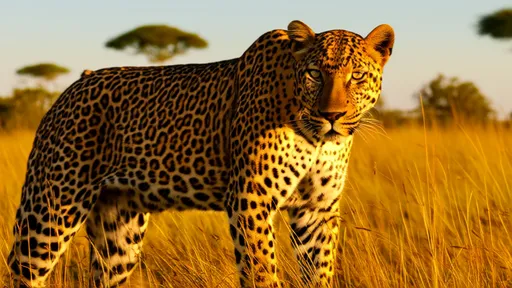
By /Jun 11, 2025
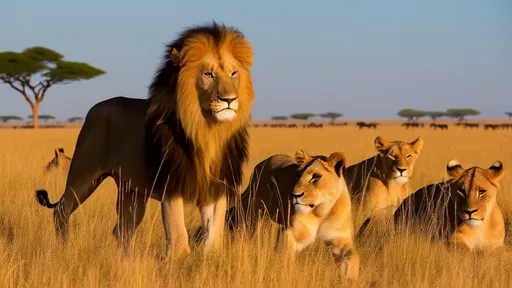
By /Jun 11, 2025
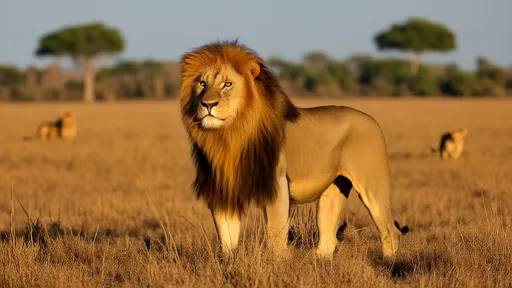
By /Jun 11, 2025
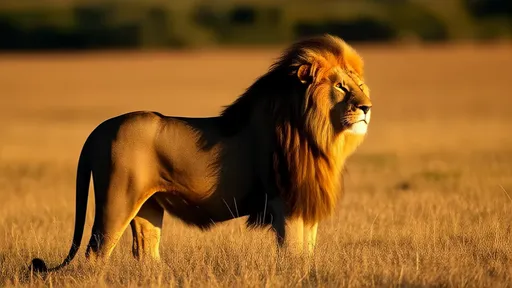
By /Jun 11, 2025
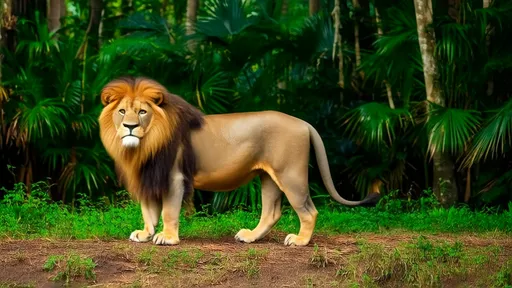
By /Jun 11, 2025
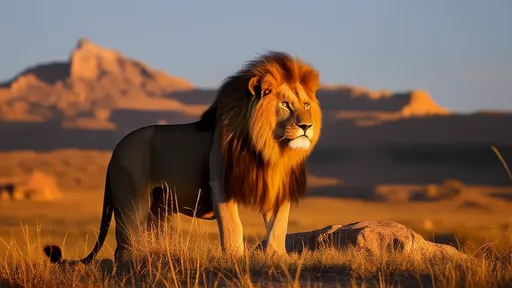
By /Jun 11, 2025

By /Jun 11, 2025
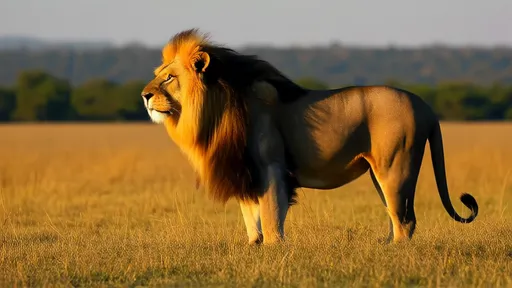
By /Jun 11, 2025
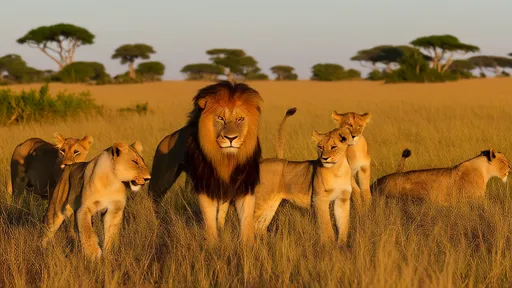
By /Jun 11, 2025